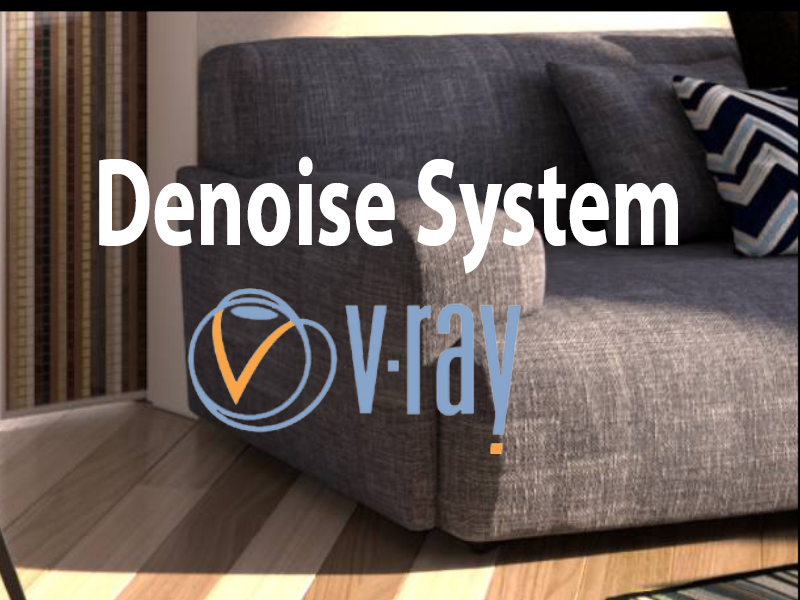Nikon Tc-14b 1.4x Converter
Posted : admin On 22.02.2019 Rene' is right to an extent - the best teleconverter is typically no teleconverter (and a higher density sensor, though I'd jump to the D3200/D5200/Nex-7/whatever replaces the D7000 before I resorted to my V1, and I speak as someone who already has a V1). It's a shame the D3200 and D5200 don't play better with manual focus lenses.
Rene' is right to an extent - the best teleconverter is typically no teleconverter (and a higher density sensor, though I'd jump to the D3200/D5200/Nex-7/whatever replaces the D7000 before I resorted to my V1, and I speak as someone who already has a V1). It's a shame the D3200 and D5200 don't play better with manual focus lenses.
Fluorine coatings protect the front and rear surfaces, and a durable lens barrel with water-drop resistance ensures the AF-S Teleconverter TC-14E III can hold up to professional use. Maximize the performance and reach of your NIKKOR lens.
Other High Quality Telephoto Converter Lenses This page briefly discusses some high quality telephoto converter lenses: Canon TL-55 1.4X, Olympus TCON-14B 1.45X, Minolta ACT-100 1.5X, Nikon TC-E15ED 1.5X, Olympus TCON-17 1.7X and Sony VCL HGD1758 1.7X.
On the 300/2.8 lens somewhat better results are achieved, but corners are quite soft. Expect some corner light fall-off and watch out for soft corners when using the TC-200/201 converter. Thus, most combinations need stopping down a couple of stops to achieve acceptable results. Likely this converter will perform best if used in conjunction with the D1.
Please chime in if you have or know of someone who has had this issue. I have a Tamron 2x n-af bbar mc7 that was working perfect on my D3 and (older 80-200 2.8). Then all of a sudden when I attach it the focus jumps from front to back.never capturing a focus point. It moves very quickly and sharp. It is like it is not even searching for focus and has gone hay wire! Has any one had this happen? I have tried other lenses.same thing.
Converter Rating Comments TC-14A (1.4 X) 1-3 Many shorter Nikkors (below 200 mm) need this converter because it lacks the protruding elements in front which are found on the TC14/14B/14C units. Expect moderate to severe vignetting on many master lenses and a concomitant loss of corner sharpness.
It can also be attached to the 500/8 Reflex Nikkors if their rear filter is removed, and this combination works quite well, too. TC-14C (1.4 X) 4-5 A very rare converter originally delivered with the famous and elusive Nikkor 300/2, this unit gives virtually perfect results with some fast long Nikkors such as 200/2, 400/3.5 and 500/4. On the 500/4, for example, you would be extremely hard pressed to tell that a converter had been used at all! On other lenses, such as the 300/2.8 and 600/4, there is too much colour fringing in the image corners to give useful results; however, the central image sharpness is extremely good on these lenses, too. Strangely, the TC-14C doesn't give top performance on the 300/2 Nikkor itself, showing noticeably colour fringing in the corners. Most TC-14Cs are now split up from their huge partner, the 300/2, and are sold separately. As only some 300 units were manufactured, the TC-14C can be quite difficult to locate today and likely commands a steep price.
TC-200/201 (2 X) 1-3 This converter fulfills equal needs as the TC-14A, but with a doubling of the focal length, As with the TC-14A, it fails to give outstanding results in most situations, but the image quality is rarely unacceptable. However, this is not the case with 200/2 Nikkor, on which it is the only possible 2X converter: Here image quality is downright terrible.
It works auto focusing with perhaps all Nikkor autofocus lenses. (AF_S and AF). There's a manual focus TC-14A converter in existence that doesn't have the protruding front element. Trouble is it seems to be a rare beast to find. I have the TC-14B, which works very well with lenses having a sufficiently recessed rear element.
A teleconverter is basically a magnifying lens that is placed between the camera body and lens. Teleconverters are favorite accessories of nature and wildlife photographers, because they allow them to extend the photographic reach beyond what might be safe when on safari or in an unfamiliar location. In general, wide-angle prime and zoom lenses are not compatible with teleconverters; which makes sense, since you’re using a teleconverter to increase your reach—and you’d likely start out with a longer focal length lens to begin with. Using a teleconverter is an affordable option when you want to increase your photographic reach without having to purchase new super-telephoto lenses.

Most people here will tell you not to use a TC coz it degrades your images. I think it is true but it also depends how you will use your file. If you are shooting for NG, please go buy the most expensive lens you can. If you are a pixel peeper, again, you won't be happy with a TC. Now, if you are a simple user like I am, you will be happy with a TC. I bought a Kenko because I can AF with non AFS lenses.
TC-16/16A (1.6 X) 1-3 This converter gives a 'pseudo' AF function to manual Nikkors when used on an AF camera. All contemporary Nikon cameras need the 16A model. The optical design isn't optimised for any lens and most combinations tend to have quite fuzzy corners. However, central image sharpness can be really excellent when it is mated to some of the longer Nikkors, 200 mm and above. Pity about those corners, though. TC-17E 4 A newcomer to the already long range of Nikon converters, this will give 70% longer reach in conjunction with a 1.5 stop loss of light. Thus, a 300 mm becomes a 500 mm lens.